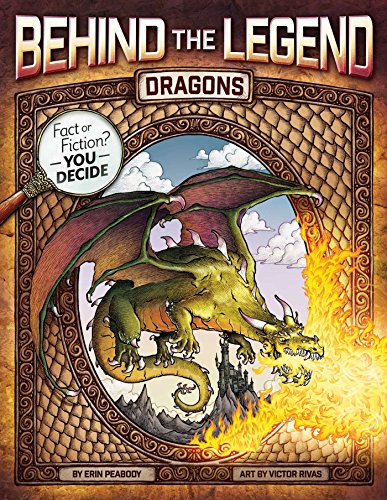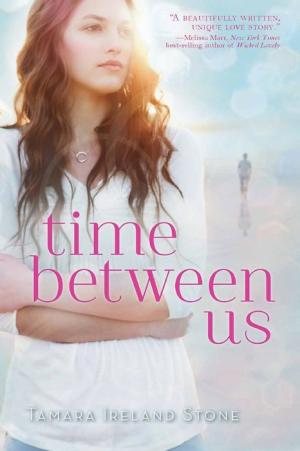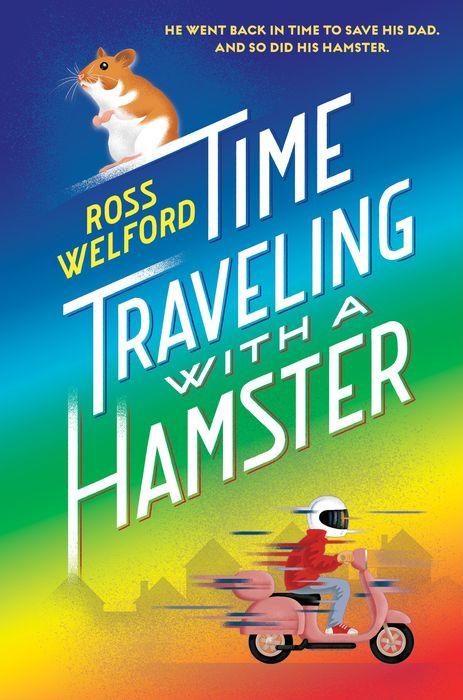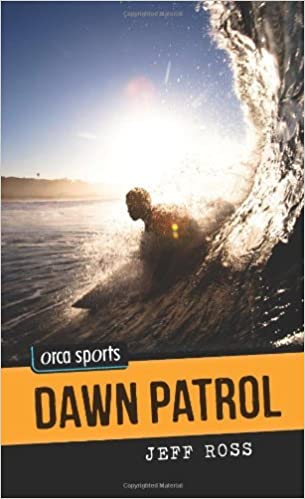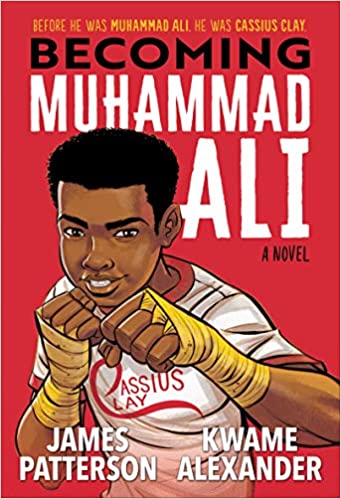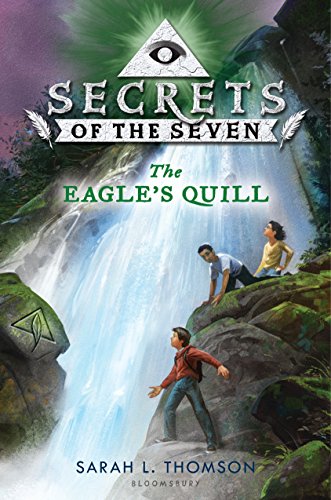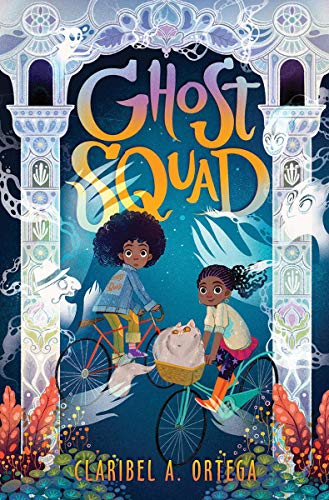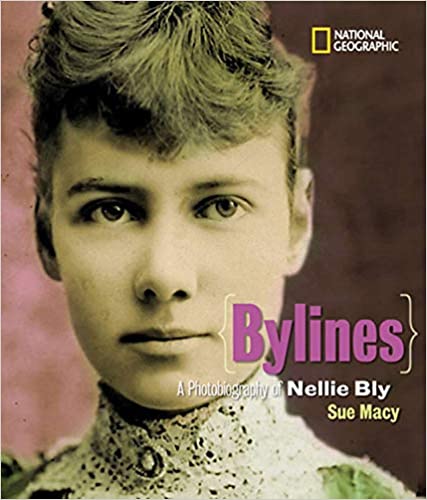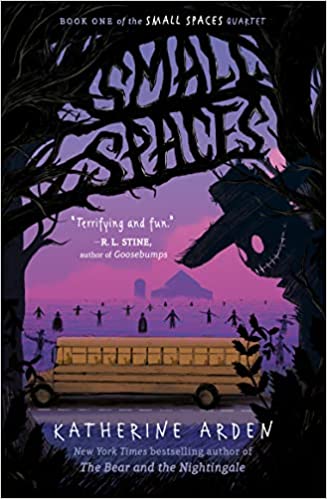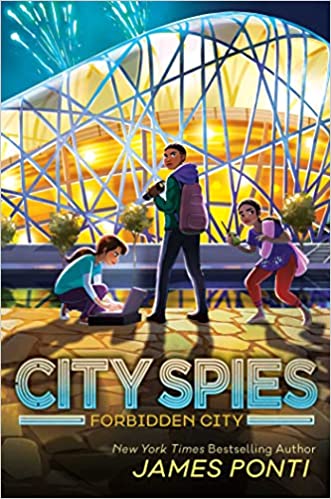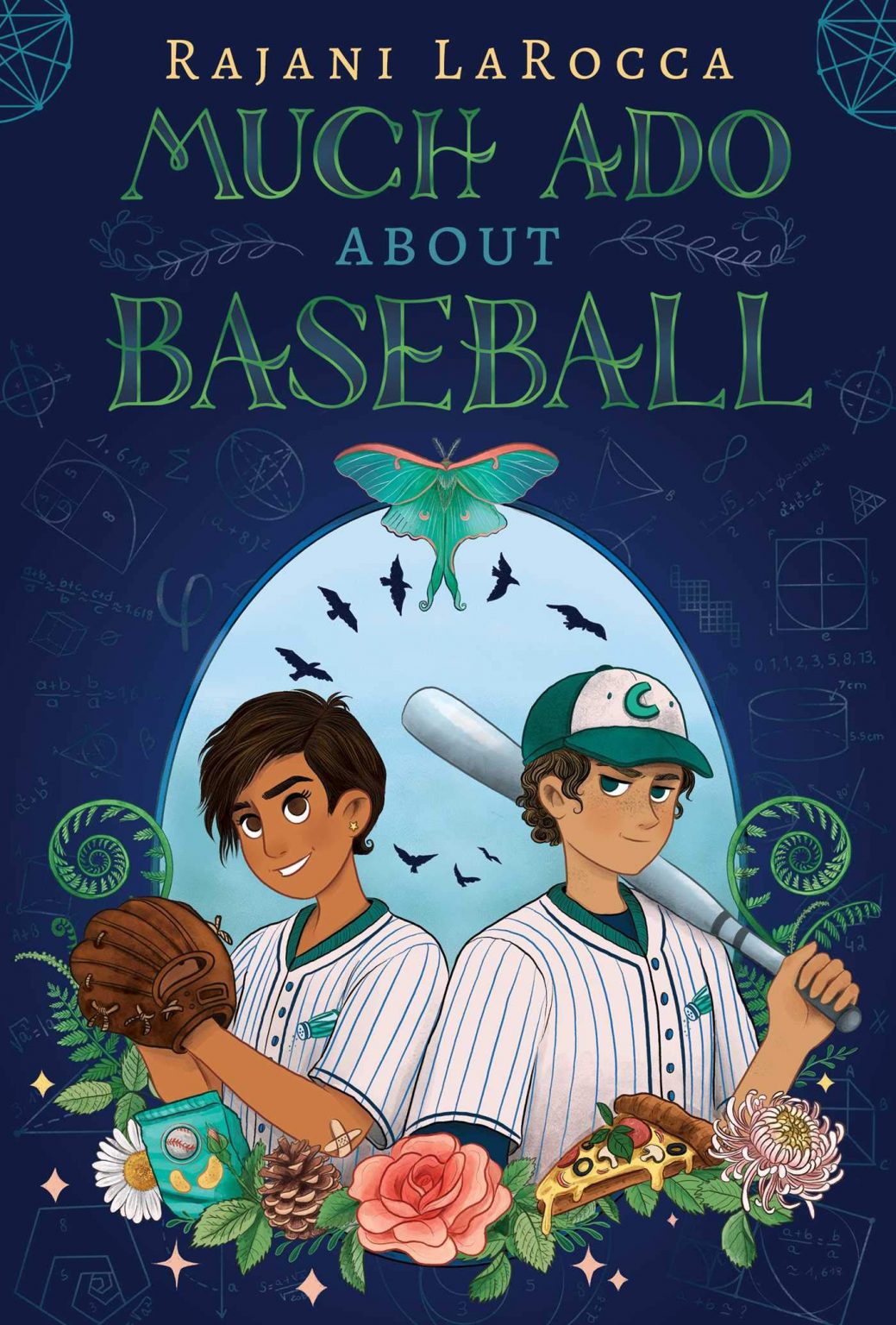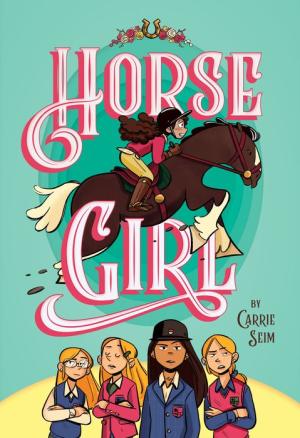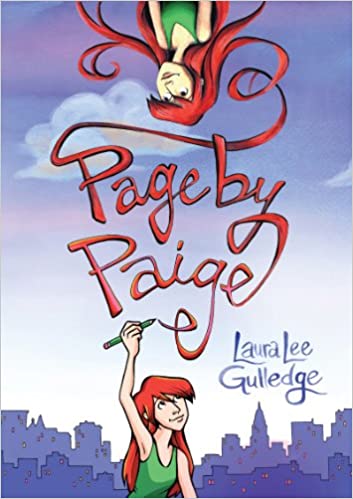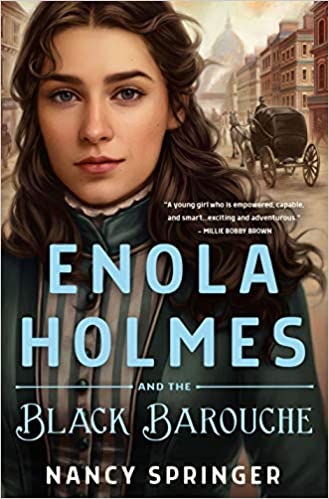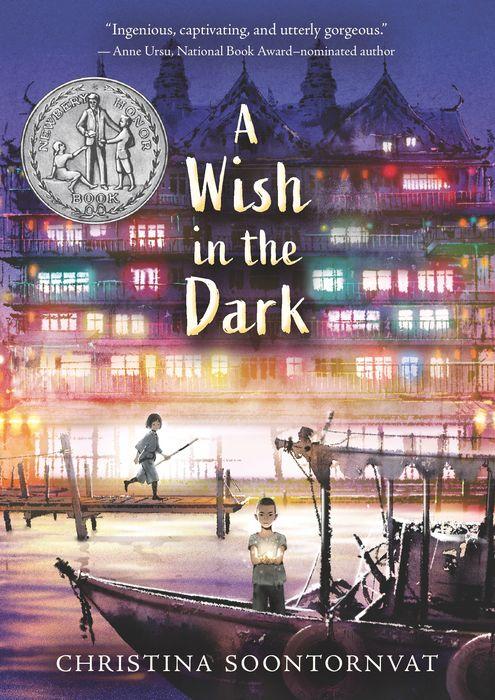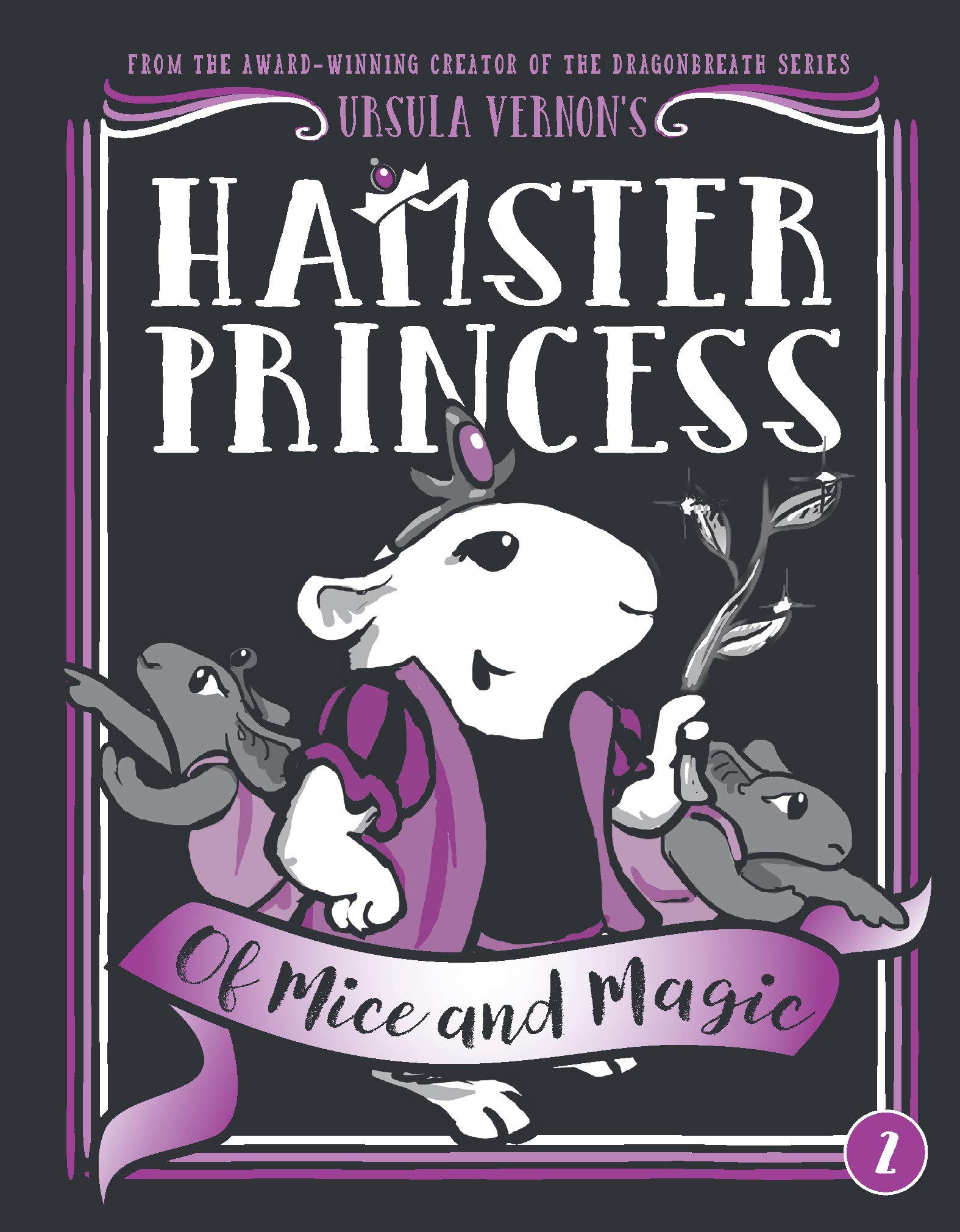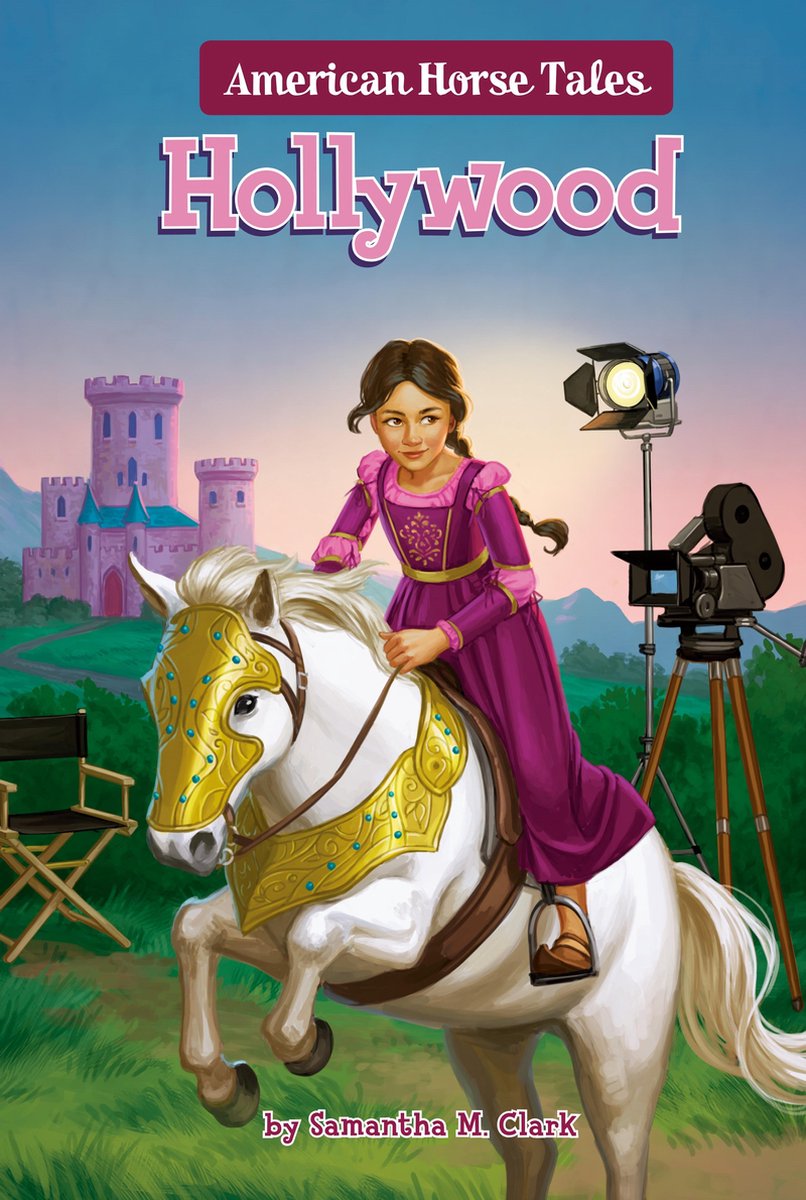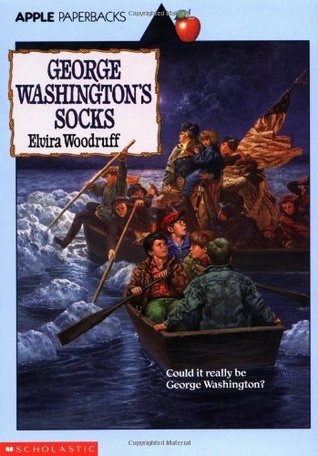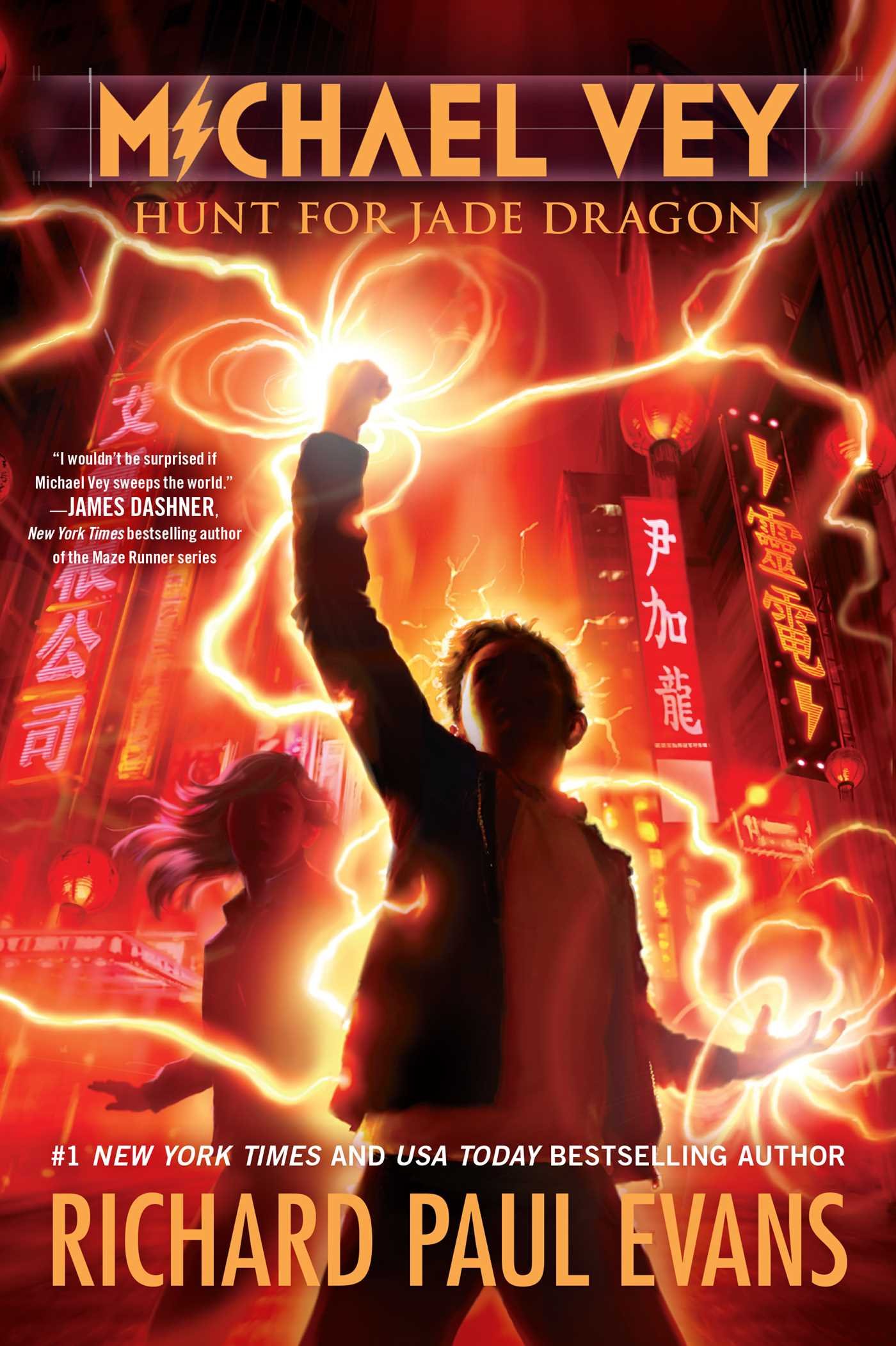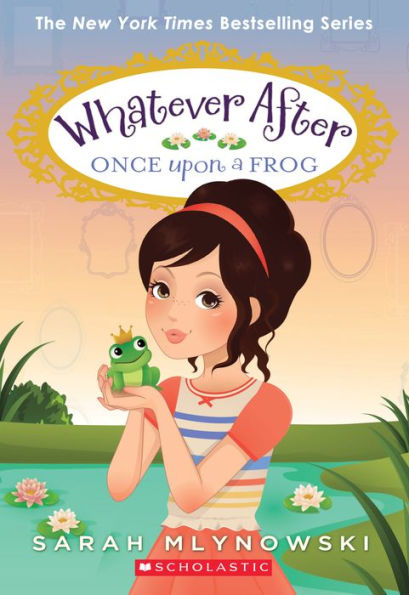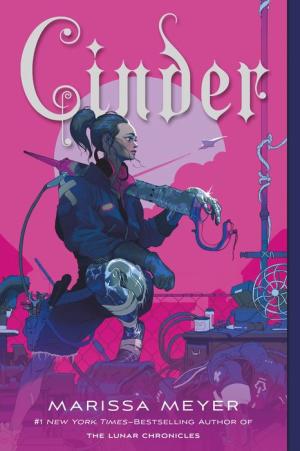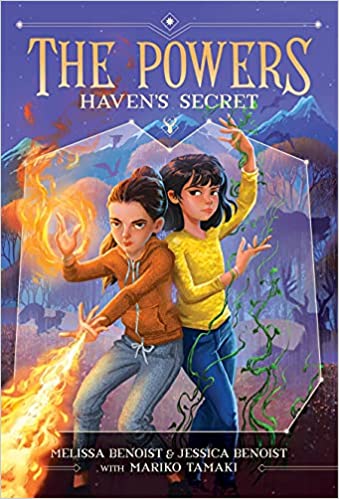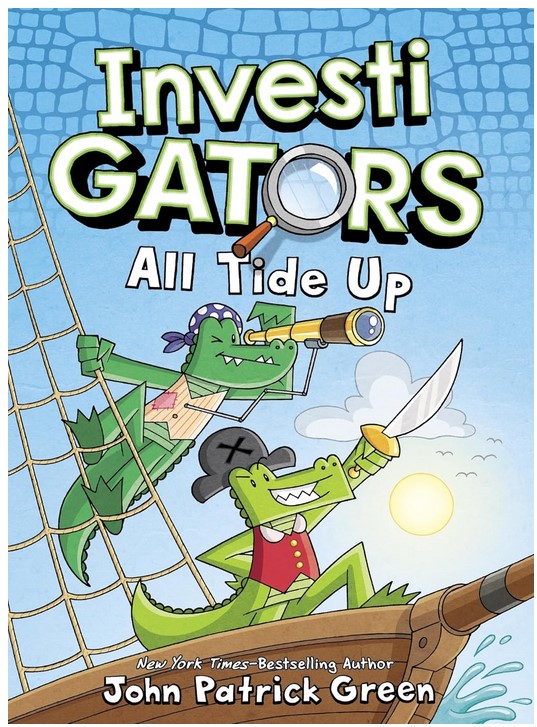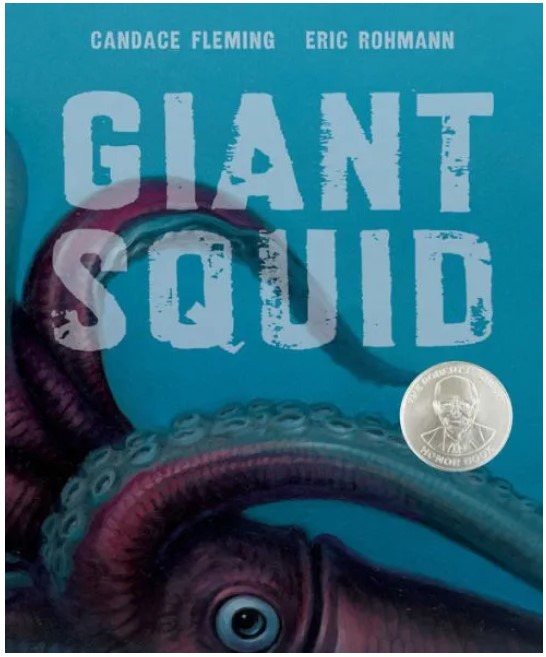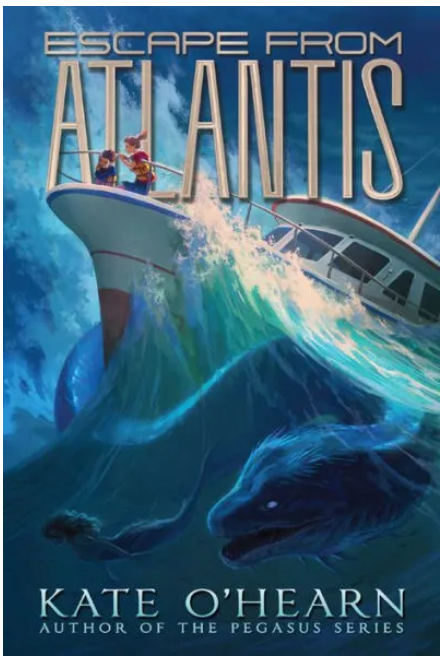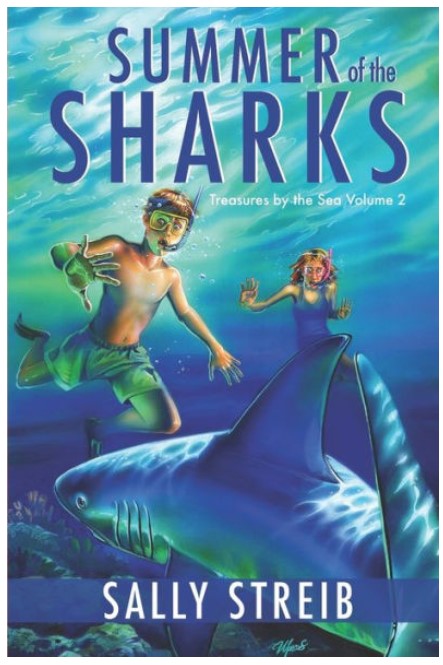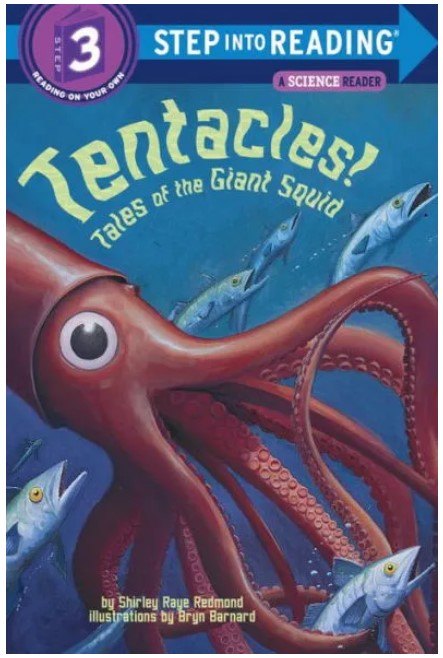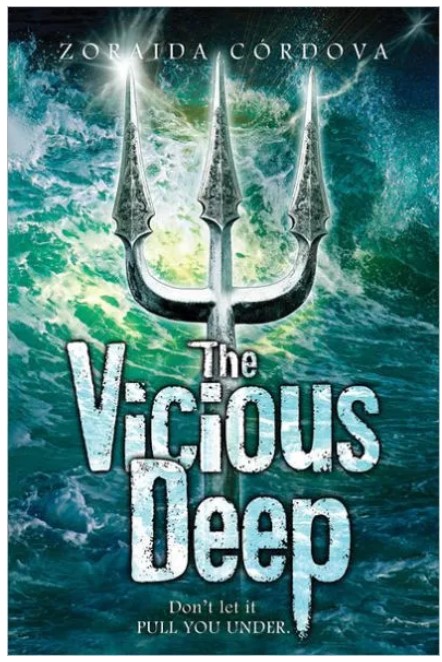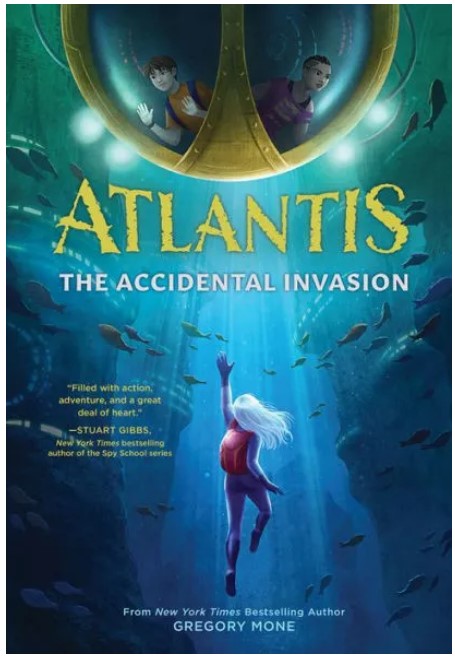Are giant, fire-breathing dragons real, or just a myth? You decide with this new book in the nonfiction series, Behind the Legend!
Behind the Legend looks at creatures and monsters throughout history and analyzes them through a scientific, myth-busting lens, debating whether the sightings and evidence provided are adequate proof of a creature’s existence. In Behind the Legend: Dragons, readers learn about the sightings and “proof” of dragons from stories throughout history. The authors explore stories of dragons terrorizing towns, the people who claim to have fought dragons—such as St. George—and dives into stories from diverse cultures such as China, Japan, and Mexico. This book discusses additional history about the monster, including how dragons became major figures in popular culture.
If you’re interested in dragons, then Behind the Legend: Dragons is a must-read because of the plethora of facts and stories. Readers will learn about the first dragon poem, Beowulf, as well as many other ancient stories and myths. The black-and-white illustrations show what ancient people thought dragons looked like. Even though Dragons is non-fiction, it is filled with dragon stories from different cultures such as the Incas of Peru. The book explains how some cultures viewed dragons as monsters, while others believed dragons were divine. Peabody concludes with stories of the real-life dragons that still live on earth. At the back of the book, readers will find a list of books that dragon-lovers will want to add to their reading list including Eragon by Christopher Paoline. If you’re looking for more stories that feature dragons, check out Rise of the Dragon Moon by Gabrille K. Byrne, Legends of the Sky by Liz Flanagan, and Dragon Myths by Jenny Mason.
Sexual Content
- None
Violence
- The book tells the story of many dragons that were “fierce, cunning, and bloodthirsty. They devoured people, children, and pets—popping victims into their smoldering jaws like M&M’s.”
- The poem Beowulf chronicles a “stingy, gold-hoarding dragon” that is destroying a kingdom. King Beowulf and Wiglaf battle the dragon. The dragon “lunges for Beowulf’s neck. Blood spills in gushing streams. The brave king ultimately succumbs to this irreversible wound, but not before his faithful friend thrust a perfectly positioned sword into the dragon’s soft underbelly.”
- A dragon was destroying a town’s crops. “The villagers offered up sheep to satisfy the dragon.” When the town ran out of sheep, the “townsfolk decided that the best way to appease the crop killing dragon was to feed it children! Sadly, and horribly, multiple kids were sacrificed.” Finally, “the princess is tied to a stake” for the dragon, but before she is eaten a knight saves her.
- One legend tells of a town that could not get rid of a dragon. “When they sliced it into pieces, the worm reconnected itself and slithered on.”
- One legend tells the story of two shamans who “used tier magic to transform themselves into formidable beasts that duked it out in a nearby lake.” One of the shamans “morphed into a ferocious leech whose sharp, sucker-like mouth could latch onto something’s skin and suck out its content.”
Drugs and Alcohol
- None
Language
- None
Supernatural
- John goes to a wise witch to discover how to destroy a “worm.” In order to get the advice, John promises that “once the worm was dead, John would have to kill the next person he saw.” Later John refuses to kill anyone. “Instead, he would have to endure the worm’s bitter curse: For the next nine generations, all heirs to the Lambton estate would die an early death.”
Spiritual Content
- A knight named George defeats a dragon that is terrorizing the town. “George delivered the wounded beast to the king, promising to finish it off if the people in the kingdom converted to Christianity.”
- In one legend, Saint Marta of Bethan, a biblical figure from the New Testament, helps defeat a dragon. “With a few prayers and humans, she entranced the dragon, which was later killed by the townspeople.”
- Christianity vilified dragons. The Old Testament tells the story of how a “twisted serpent” temps Eve with an apple. “When the beast becomes too wild and unruly, it is slain by the archangel Gabriel and then fed to the people.”
- The dragon Quetzalcóatl “was an important god to people living in early Mexico and Central America. It’s quite possible, too, that the Quetzalcóatl was a real person. This Aztec leader was said to help civilize his people by denouncing barbaric practices such as human sacrifice.”
- Quetzalcóatl’s enemy was Tezcatlipoca, “a god known for darkness and trickery.”
- A Swiss naturalist found a skeleton that he believed was “of a ‘wicked’ man. . . who God had punished and drowned during the Great Flood.”
